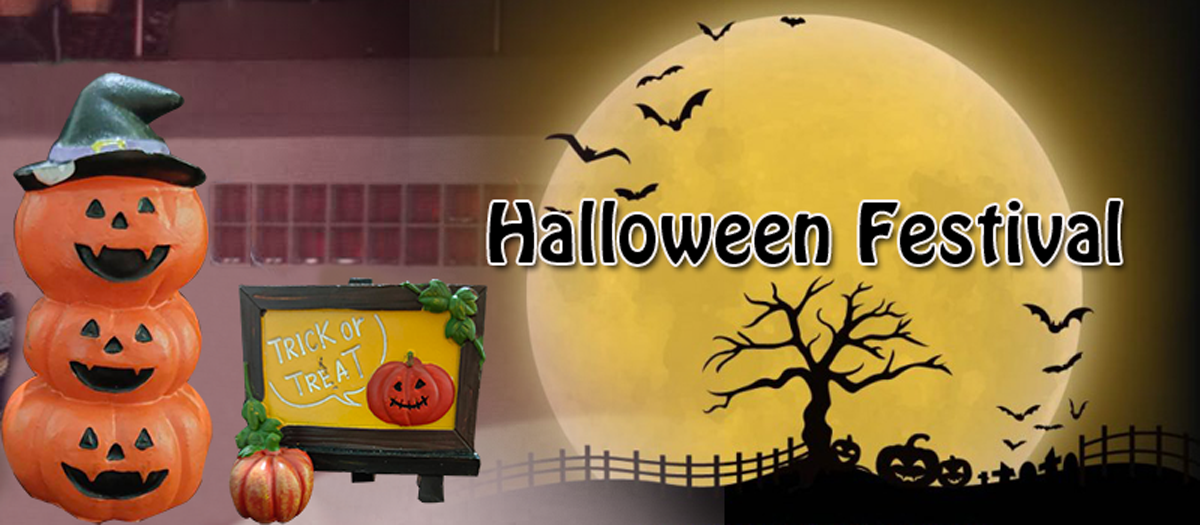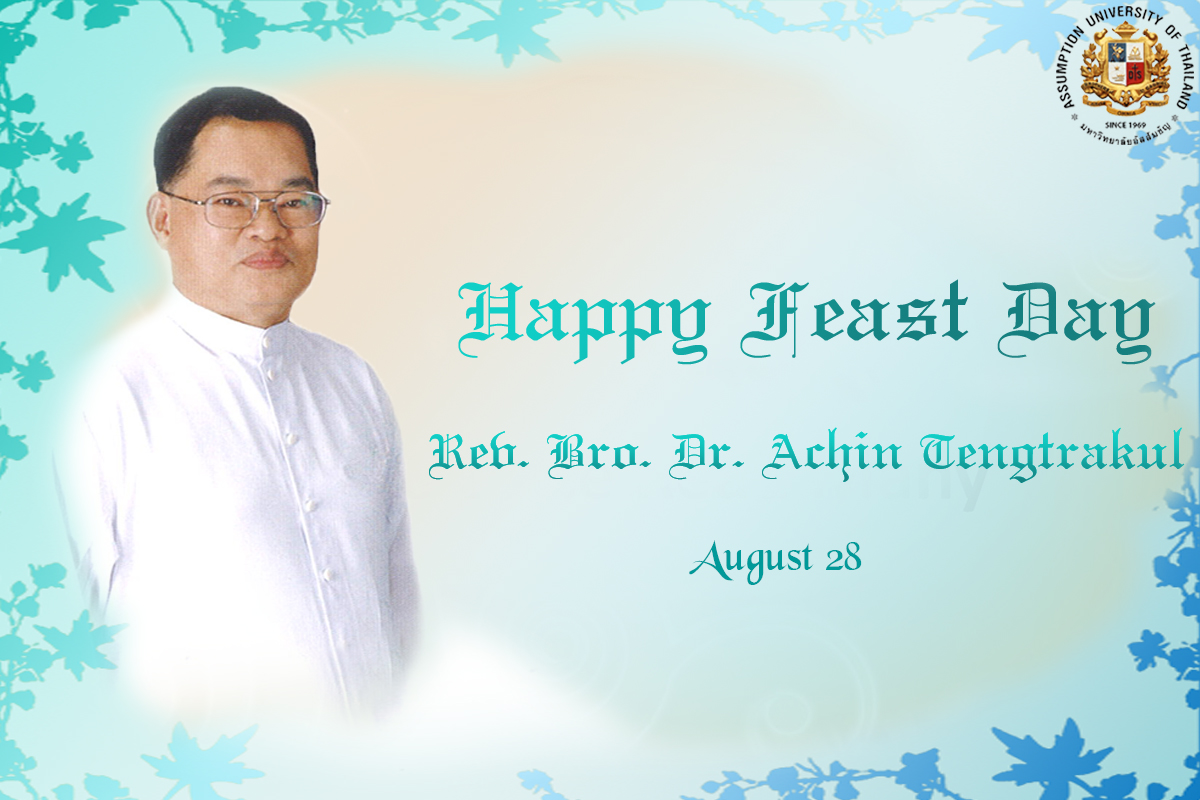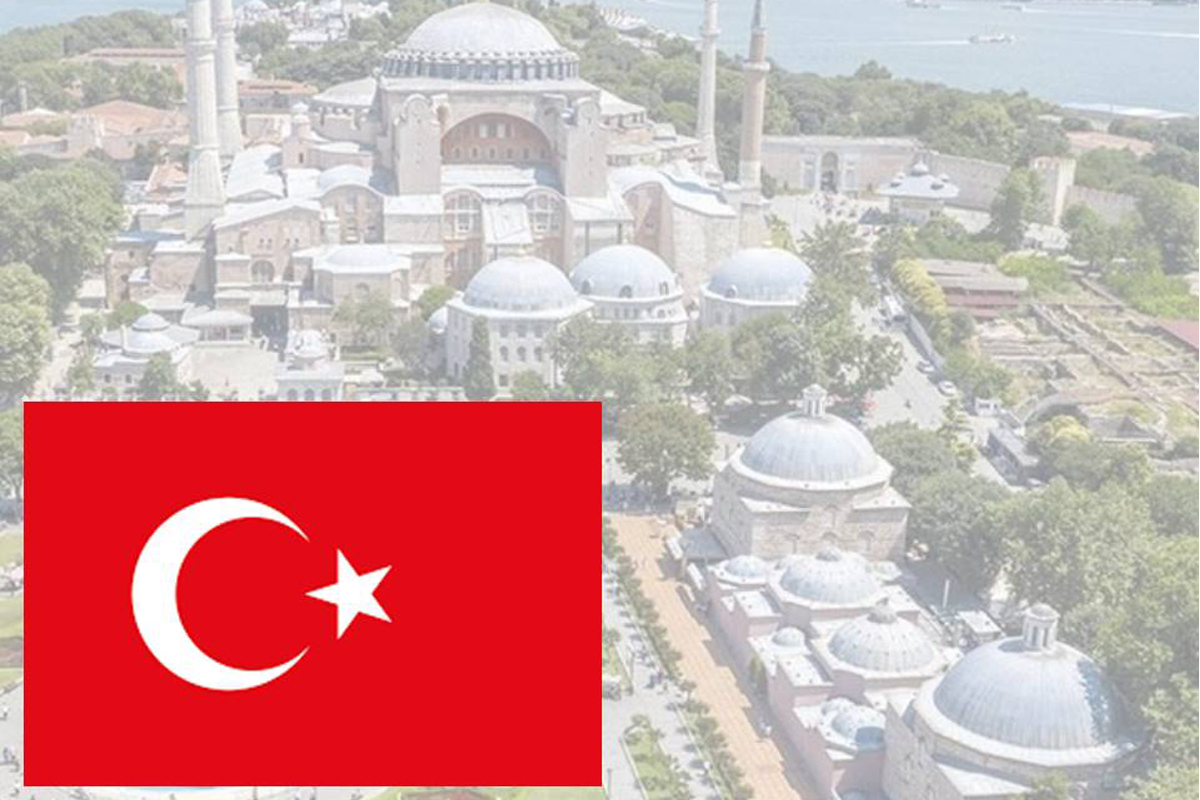
Halloween is among the oldest traditions in the world as it touches on an essential element of the human condition: the relationship between the living and the dead. Every recorded civilization has created some form of ritual observance focused on what happens to people when they die, where they go, and how the living should best honor those who have passed away or respond to the dead who seem unwilling or unable to move on.
Countries around the world today celebrate Halloween in one form or another, from Mexico’s Day of the Dead to China’s Tomb Sweeping Day. The modern-day observance of Halloween in countries such as the United States and Canada – where this tradition is most popular – share in this ancient tradition even though some aspects of the holiday are relatively recent developments, and can be traced back to the Celtic festival of Samhain.
Why Do We Celebrate Halloween on October 31?
Halloween falls on October 31 because the ancient Gaelic festival of Samhain, considered the earliest known root of Halloween, occurred on this day. It marked a pivotal time of year when seasons changed, but, more importantly, observers also believed the boundary between this world and the next became especially thin at this time, enabling them to connect with the dead.
 This belief is shared by some other cultures; a similar idea is mentioned around the Jewish holiday of Yom Kippur, which also typically occurs in October and involves saying prayers for the dead. This is also where Halloween gains its "haunted" connotations.
This belief is shared by some other cultures; a similar idea is mentioned around the Jewish holiday of Yom Kippur, which also typically occurs in October and involves saying prayers for the dead. This is also where Halloween gains its "haunted" connotations.
The History of Halloween Activities
The early pagan holiday of Samhain involved a lot of ritualistic ceremonies to connect to spirits, as the Celts were polytheistic. While there isn't a lot of detail known about these celebrations, many believe the Celts celebrated in costume (granted, they were likely as simple as animal hides) as a disguise against ghosts, enjoyed special feasts, and made lanterns by hollowing out gourds (hence, the history of jack-o'-lanterns). Over time, as Christianity took over and the pagan undertones of the holiday were lessened, the basic traditions of the holiday remained a part of pop culture every year; they simply evolved and modernized.
The mystical rituals of earlier times evolved into more lighthearted fun and games. For example, the somewhat heavy concept of connecting to the dead was replaced with the more lighthearted idea of telling the future. Bobbing for apples, for example, became popular as a fortune-telling game on All Hallows' Eve: Apples would be selected to represent all of a woman's suitors, and the guy-er, apple-she ended up biting into would supposedly represent her future husband. In fact, Halloween previously posed a huge (albeit rather superstitious) matchmaking opportunity for young women in the 19th century.
Steps to Take when Trick or Treating
Traditional Halloween activities are fun, but some can increase the risk of getting or spreading COVID-19 or influenza. Plan alternate ways to participate in Halloween.
 Make trick-or-treating safer
Make trick-or-treating safer
- Avoid direct contact with trick-or-treaters.
- Give out treats outdoors, if possible.
- Set up a station with individually bagged treats for kids to take.
- Wash hands before handling treats.
- Wear a mask.
Wear a mask
- Make your cloth mask part of your costume.
- A costume mask is not a substitute for a cloth mask.
- Do NOT wear a costume mask over a cloth mask. It can make breathing more difficult.
- Masks should NOT be worn by children under the age of 2 or anyone who has trouble breathing Stay at least 6 feet away from others who do not live with you
- Indoors and outdoors, you are more likely to get or spread COVID-19 when you are in close contact with others for a long time.
Wash your hands
- Bring hand sanitizer with you and use it after touching objects or other people.
- Use hand sanitizer with at least 60% alcohol.
- Parents: supervise young children using hand sanitizer.
- Wash hands with soap and water for at least 20 seconds when you get home and before you eat any treats.
Halloween Festival Celebration at AU
Halloween Festival 2018 themed “Ghosts in Different Cultures” was organized by the AU Institute of English Language Education on October 25, 2018 at Suvarnabhumi Campus. The festive ghostly event featured a number of interesting activities: i.e. panel discussion by expert panelists who elaborated on ghosts in different cultures namely Thai, Malaysian, and American ghosts among others, question and answer session reinforcing learning of Halloween related English vocabulary among participated students, sales of raffle tickets for lucky prizes as well as the displayed food stalls showcasing a variety of Thai and Burmese cuisines etc.
Sources:
Happy Halloween to all AU students. (2018).



